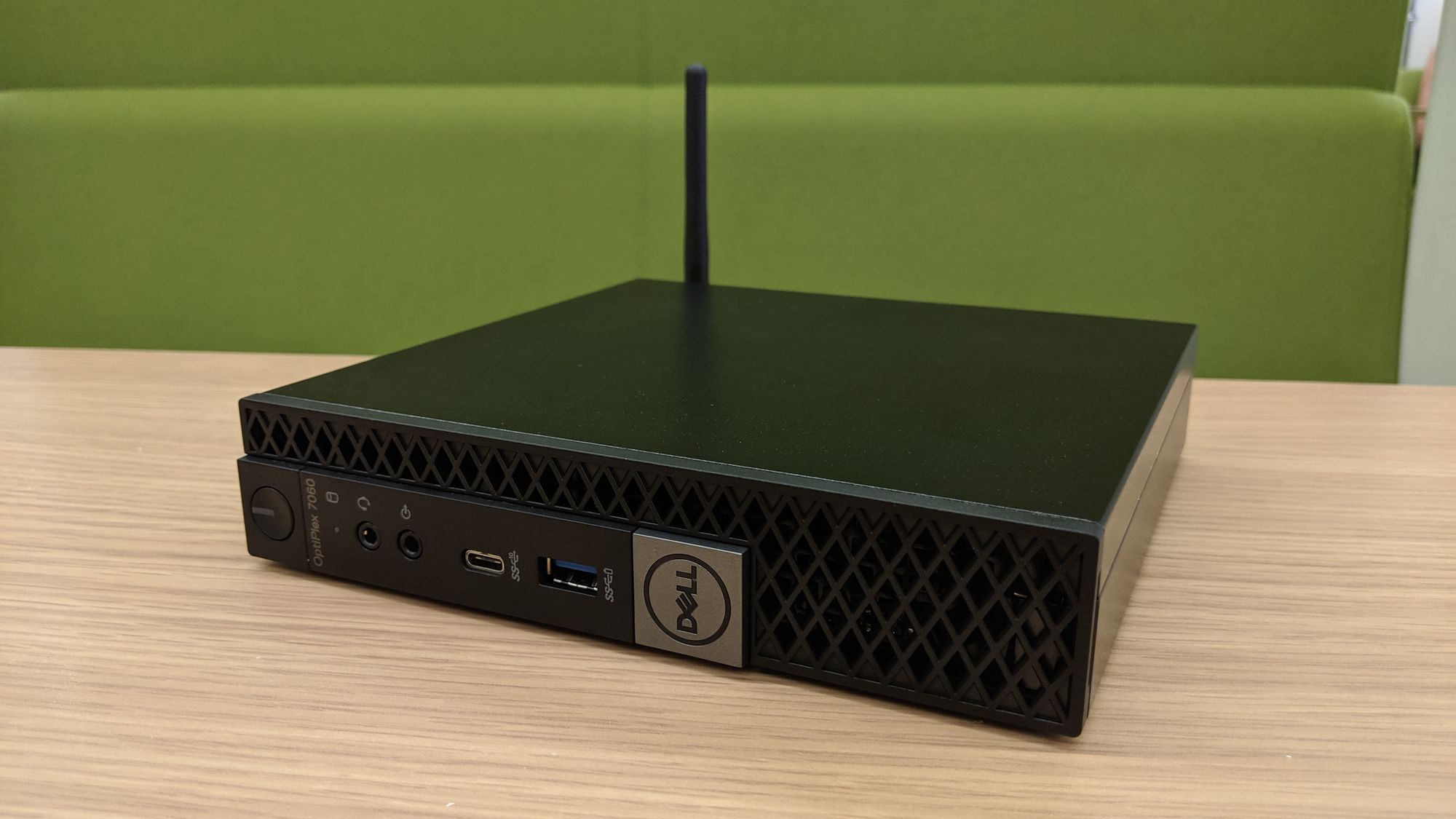This is the first in a multiple-part guide to installing and configuring an x86 Bitcoin node from official binaries, including Bitcoin Core, Dojo, Fulcrum, and Mempool Explorer packages.
Manually configuring your node is a great way to learn about the inner workings of a Bitcoin node. Another benefit is the ability to individually manage package updates whenever desired instead of waiting for all-in-one node devs to push updates, giving you a heightened level of node sovereignty.
However, this sovereignty comes with responsibility since you will have no support channels to lean on should you encounter issues. The packages we cover in the guide do; however, all have excellent documentation, so help is never far away.
It’s worthwhile checking your system’s BIOS power settings and enabling any automatic power-on modes if one is available. This reduces downtime after a power loss by automatically booting the device once power returns.
Those wanting a device with a footprint similar in size to a traditional node may want to check out the Lenovo ThinkCentre M series or, my favorite, the Dell Optiplex M range of microcomputers. Both are readily available on the used market as ex-office machines.

Prerequisites #
- Intel/AMD 64-bit computer with Ubuntu Server LTS installed.
- Minimum 1 Terabyte NVMe/SSD storage (2 terabytes recommended).
- Minimum 8 Gigabytes RAM.
- Reliable internet connection & power supply.
